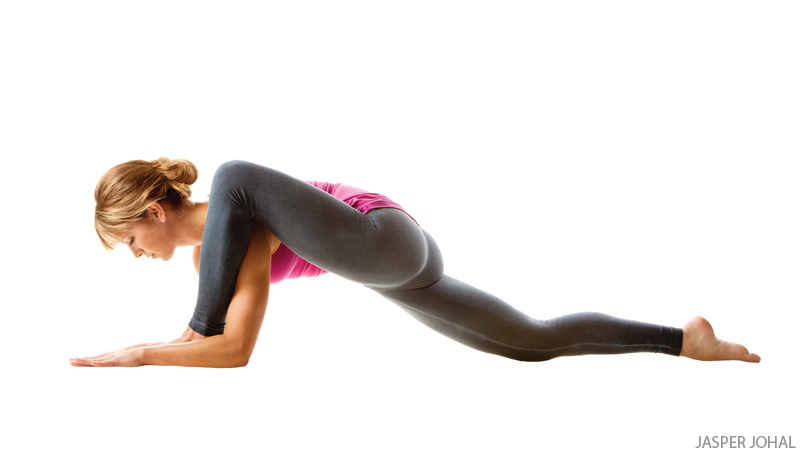
![]()
To outsiders yoga appears to be all about flexibility, but teacher Alexandria Crow says it’s so much more. (And yes, there is such a thing as too flexible.)
It’s one of the first excuses I run across out in the world of people who don’t practice yoga. The conversation usually starts with someone asking what I do for a living. When I tell them I teach yoga, almost invariably the response is “I’m not flexible enough to do yoga.” I usually tell them it’s not about flexibility and that they should try it.
On the flip side: Many beginning yogis come to class because they are flexible be it from dance, gymnastics, or just a natural proclivity. And it’s no wonder. Western yoga’s focus on asana, the media’s representation of the practice, and even practitioners’ wow-worthy pose posts on social media sure do make it appear to be about flexibility—and oftentimes of to unbridled limitless extreme. But Patanjali never said yoga was about flexibility and he certainly didn’t define asana as limitless flexibility.
See also Patanjali Never Said Anything About Yoga Selfies
There Is No Flexibility Without Stability
In the Yoga Sutra, Patanjali calls asana a pairing of effort and ease, or effort and release (there are many translations). He’s trying to point out is that life is full of seemingly opposing experiences. Besides effort and ease, there is pleasure and pain, day and night, loss and gain, like and dislike, the list is endless.
Next, he mentions that when those seemingly opposing experiences are paired together in the moment in asana, the practitioner learns that they are actually one in the same. That is, both experiences are impermanent and both will pass.
For any experience to exist, though, there must be an opposite or contrast to it for our minds to hold on to. Think about that. There would be no black without white, no day without night. There wouldn’t be flexibility without contrasting stability.
To keep reading visit yogajournal.com





